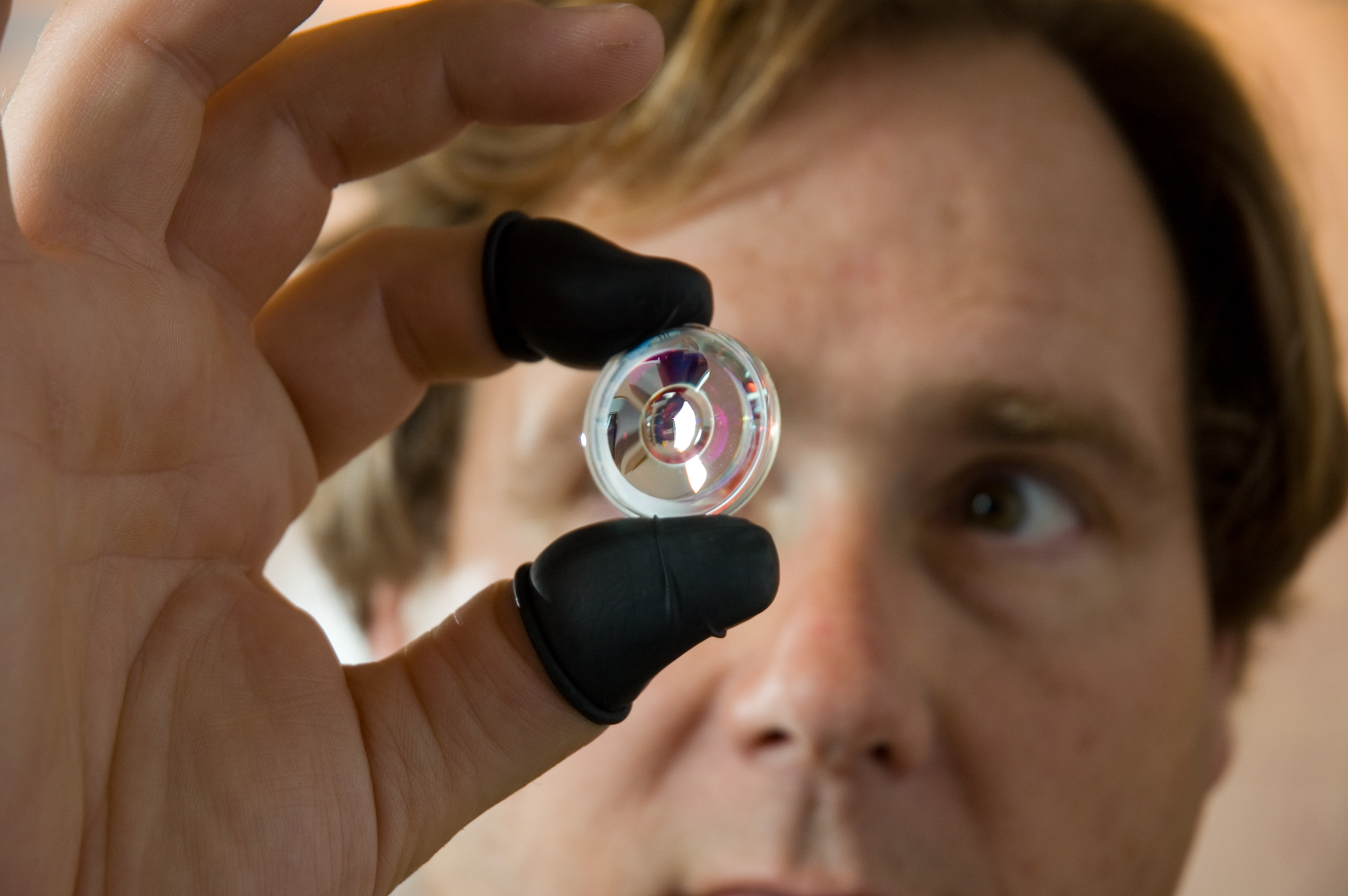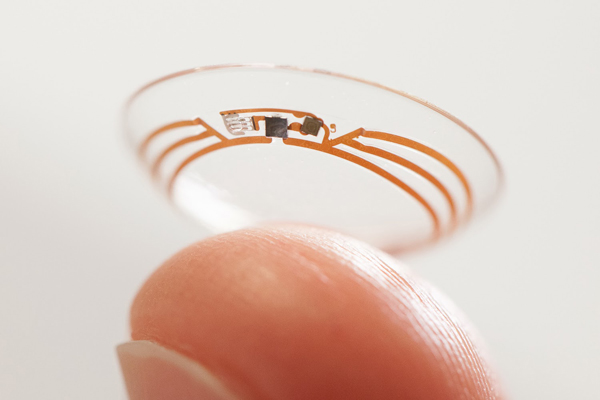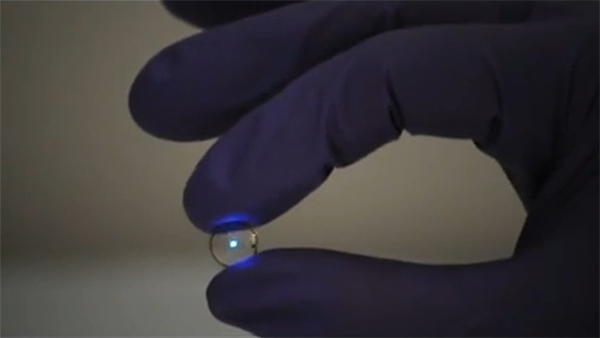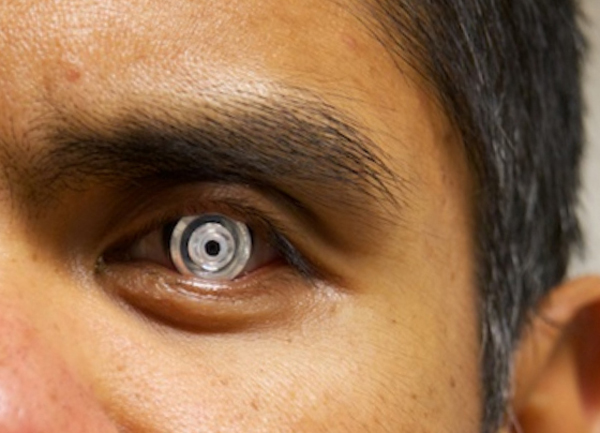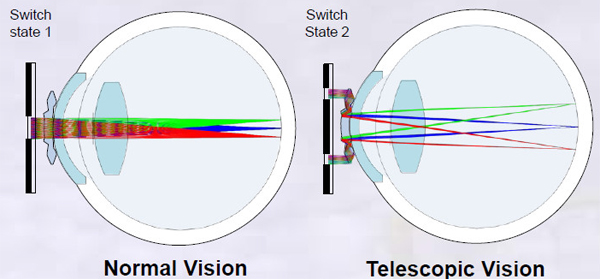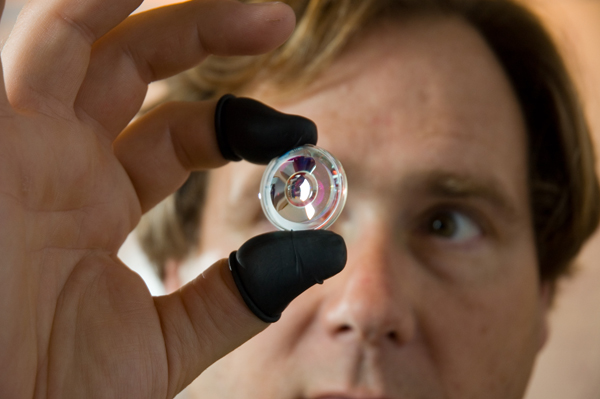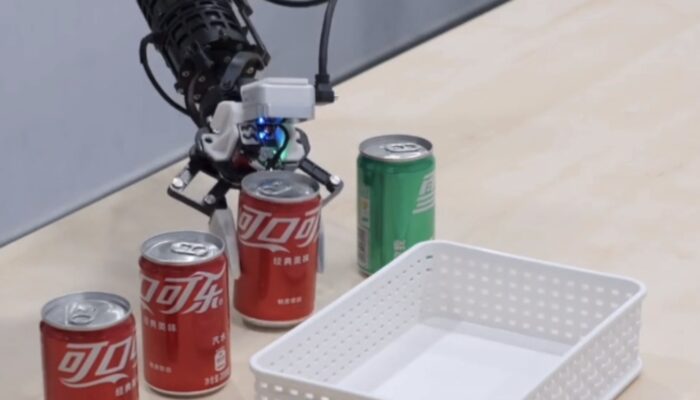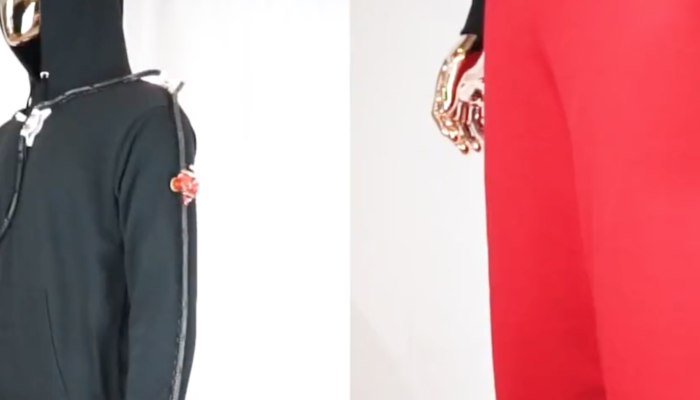You can listen to my radio series live every Monday on Moore in the Morning at 6:45 am
Smart Contact Lens
The finger prick test for blood sugar is a pretty uncomfortable way to manage diabetes. I don’t know how people do it, other than you have to if you want to avoid the complications that can lead to damaging your eyes, kidneys, or heart. Even then, you can understand how easy it is to procrastinate and put the test off. It’s estimated that one in ten of us will have diabetes by 2035 as the disease continues to surge around the world. That’s millions of people who will be wondering if there isn’t a better way.
Google is testing a smart contact lens that can measure glucose levels in your tears instead. Hold it up to the light and you’ll see what looks like gold glitter across its surface, but look again under a microscope and you’ll see golden paths of computer circuitry connected to a tiny sensor. As your tears continuously lubricate your eye and the contact lens, the sensor samples the fluid for glucose, once every second. The idea is that it becomes so comfortable that you can monitor your condition all the time.
There is a very noticeable gold ring that circles your pupil quite beautifully when worn. This is a wireless antennae that will send the sensor readings to a nearby smartphone or glucose monitor. An impressively small blue LED light within the contact can also be triggered as a notification should glucose levels reaching alarmingly high or low levels. It actually makes your eye twinkle when lit.
All of this comes from a partnership between the Wireless Sensing Lab at the University of Washington, where under Professor Brian Otis they have been researching this technology for years, and Google’s experimental division, Google(x) where Babak Parvis has devoted funding and resources to turn it into a reality. Even with this combined energy it could still take years before we see a final product.
“We’re still really early on” says Prof. Otis. “We’re confident about how the technology is going so far, but there’s a huge amount of work still left to do”.
It’s interesting that Google isn’t looking to develop the contact lens as one of their own products, but rather are using their own reputation and resources to help what they see as a worthy cause get to a working prototype and then hope to draw in a company with medical expertise to adopt it as their own.
The concern seems to be that if tech leaders like Google don’t help fund research like this, it won’t move fast enough for the changing market and their innovations will never see reality.
Switchable Telescopic Contact Lens
A similar project that’s in the same position is the telescopic contact lens. When worn and activated it gives your vision an incredible 2.8x zoom.
It does this using a tiny series of concentric mirrors embedded into the lens. As light hits the contact, it bounces between the mirrors before entering your eye. Each “bounce” magnifies the image and the result is that the centre of your vision gets a zoomed view for greater detail. Very cool.
It too is a research project, developed in this case under Professor Joseph Ford at the University of California San Diego. Military funding through DARPA has helped them reach the prototype stage, but as with the Google project, they hope to find a medical partner to adopt it as their own.
The hope is that the telescopic contact lens will become a treatment for Age-related Macular Degeneration, the leading cause of legal blindness for people over 55 in the Western world. Having zoomed vision would allow people with this condition to continue to perform detail-oriented tasks, like driving.
Glasses with polarized lenses (similar to the 3D glasses that they give you at the theatre) are used to turn on and off the zoom function. Glasses on and the mirrors in the contacts are activated. Glasses off and the contacts give you normal vision instead, no change.
That the research team has managed to take the concept of a telescope or a pair of binoculars and squeeze them into a space that’s just 1.17mm thin is astonishing and clearly will have many other uses as it continues to improve.
Between the two university groups, DARPA and Google, there’s a clear message being sent to the medical industry; there’s a revolution in contact lenses just waiting to happen if you’re willing to open your eyes and see it.
Professor Ford holds up an early prototype contact with mirrored optics.

